Tents & Tarps
- - 24 %
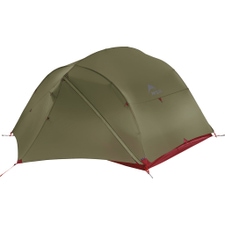 MSRMutha Hubba Hubba NX 3P Tent GrünMSRP 789,95 €599,95 €One size
MSRMutha Hubba Hubba NX 3P Tent GrünMSRP 789,95 €599,95 €One size - - 11 %new
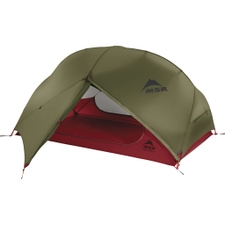 MSRHubba Hubba NX 2P Tent GreenMSRP 584,95 €519,95 €One size
MSRHubba Hubba NX 2P Tent GreenMSRP 584,95 €519,95 €One size - new
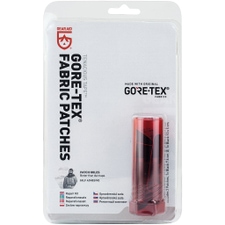 Gear AidTenacious Tape Gore-Tex Patches Repair Kit Black8,95 €One size
Gear AidTenacious Tape Gore-Tex Patches Repair Kit Black8,95 €One size - - 7 %
 MSRUniversal Footprint 2 Person (Regular) Tarpaulin RedMSRP 57,95 €53,95 €One size
MSRUniversal Footprint 2 Person (Regular) Tarpaulin RedMSRP 57,95 €53,95 €One size - - 10 %new
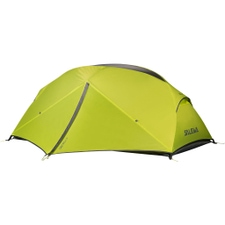 SalewaDenali IV Tent Cactus / GreyMSRP 399,95 €359,95 €One size
SalewaDenali IV Tent Cactus / GreyMSRP 399,95 €359,95 €One size - new
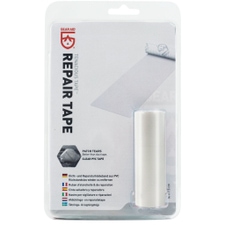 Gear AidTenacious Tape Repair Kit Clear8,50 €Basic price: 17 € / MeterOne size
Gear AidTenacious Tape Repair Kit Clear8,50 €Basic price: 17 € / MeterOne size - - 13 %
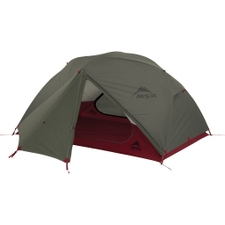 MSRElixir 2 Tent GreenMSRP 399,95 €349,95 €One size
MSRElixir 2 Tent GreenMSRP 399,95 €349,95 €One size - - 15 %new
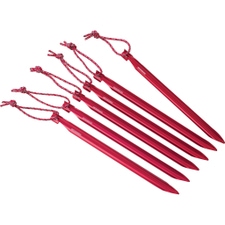 MSR6-Pack Groundhog Tent Pegs RedMSRP 25,95 €21,95 €One size
MSR6-Pack Groundhog Tent Pegs RedMSRP 25,95 €21,95 €One size - new
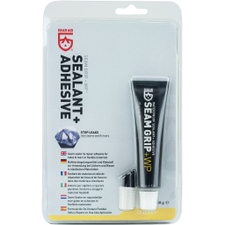 Gear AidSeam Grip +WP 28 g Repair Kit11,95 €Basic price: 426.79 € / KilogrammOne size
Gear AidSeam Grip +WP 28 g Repair Kit11,95 €Basic price: 426.79 € / KilogrammOne size - - 17 %
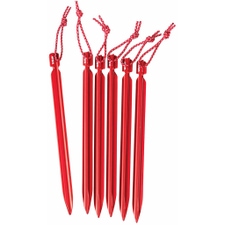 MSR6-Pack Groundhog Mini Tent Pegs RedMSRP 23,95 €19,95 €One size
MSR6-Pack Groundhog Mini Tent Pegs RedMSRP 23,95 €19,95 €One size - new
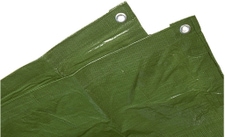 RelagsPolyethylen Tarpaulin Grün9,95 €One size
RelagsPolyethylen Tarpaulin Grün9,95 €One size - - 20 %new
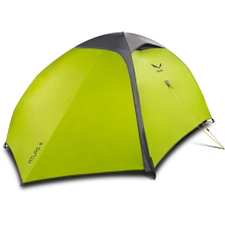 SalewaAtlas III Tent Cactus / GreyMSRP 199,95 €159,95 €One size
SalewaAtlas III Tent Cactus / GreyMSRP 199,95 €159,95 €One size - - 4 %
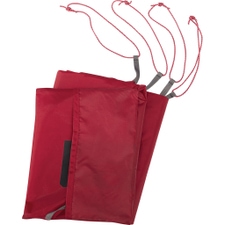 MSRUniversal Footprint 1 Person (Regular) Tarpaulin RedMSRP 46,95 €44,95 €One size
MSRUniversal Footprint 1 Person (Regular) Tarpaulin RedMSRP 46,95 €44,95 €One size - - 10 %new
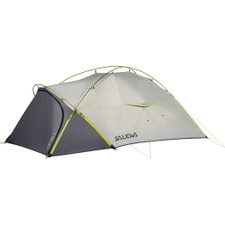 SalewaLitetrek II Tent Lightgrey / CactusMSRP 389,95 €349,95 €One size
SalewaLitetrek II Tent Lightgrey / CactusMSRP 389,95 €349,95 €One size - - 14 %new
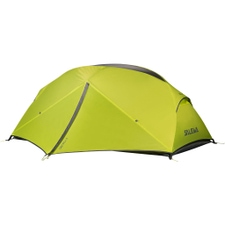 SalewaDenali III Tent Cactus / GreyMSRP 349,95 €299,95 €One size
SalewaDenali III Tent Cactus / GreyMSRP 349,95 €299,95 €One size - - 11 %new
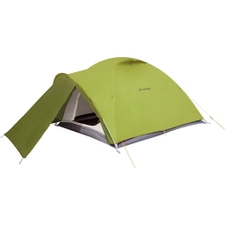 VaudeCampo Grande XT 4P Tent Chute GreenMSRP 449,95 €399,95 €One size
VaudeCampo Grande XT 4P Tent Chute GreenMSRP 449,95 €399,95 €One size - - 7 %new
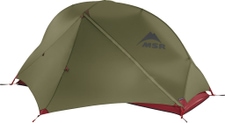 MSRHubba NX 1P Tent GreenMSRP 539,95 €499,95 €One size
MSRHubba NX 1P Tent GreenMSRP 539,95 €499,95 €One size - - 8 %new
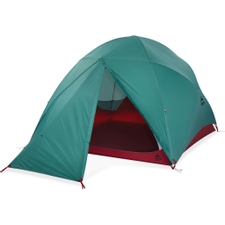 MSRHabitude 6 Tent BlueMSRP 599,95 €549,95 €One size
MSRHabitude 6 Tent BlueMSRP 599,95 €549,95 €One size - new
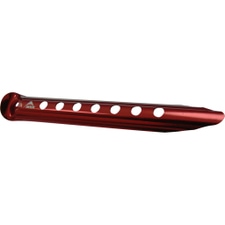 MSR4-Pack Blizzard Tent Pegs Red28,95 €One size
MSR4-Pack Blizzard Tent Pegs Red28,95 €One size - - 10 %new
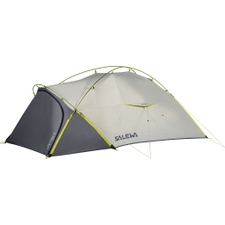 SalewaLitetrek III Tent Lightgrey / CactusMSRP 419,95 €379,95 €One size
SalewaLitetrek III Tent Lightgrey / CactusMSRP 419,95 €379,95 €One size - - 22 %
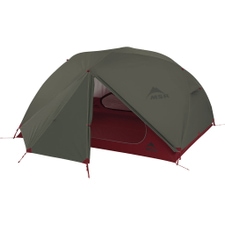 MSRElixir 3 Tent GreenMSRP 489,95 €379,95 €One size
MSRElixir 3 Tent GreenMSRP 489,95 €379,95 €One size - - 10 %new
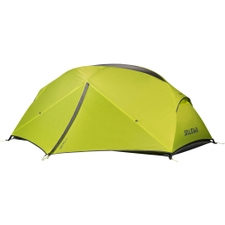 SalewaDenali II Tent Cactus / GreyMSRP 299,95 €269,95 €One size
SalewaDenali II Tent Cactus / GreyMSRP 299,95 €269,95 €One size 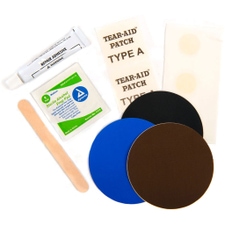 Therm-A-RestPermanent Home Repair Kit17,95 €One size
Therm-A-RestPermanent Home Repair Kit17,95 €One size- - 11 %new
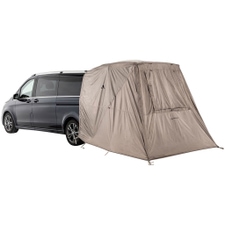 VaudeDrive Van Trunk Car Tent LinenMSRP 269,95 €239,95 €One size
VaudeDrive Van Trunk Car Tent LinenMSRP 269,95 €239,95 €One size - - 9 %
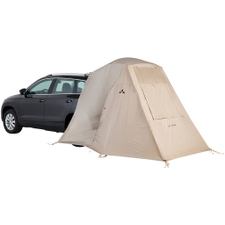 VaudeDrive Trunk Car Tent LinenMSRP 219,95 €199,95 €One size
VaudeDrive Trunk Car Tent LinenMSRP 219,95 €199,95 €One size
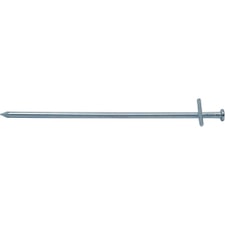 BasicNatureFelsnagel Rock Tent Pegs4,50 €One size
BasicNatureFelsnagel Rock Tent Pegs4,50 €One size- - 9 %new
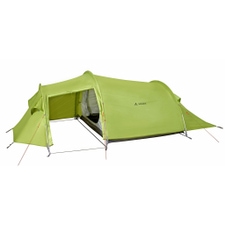 VaudeArco XT 3P Tent Mossy GreenMSRP 329,95 €299,95 €One size
VaudeArco XT 3P Tent Mossy GreenMSRP 329,95 €299,95 €One size - - 9 %
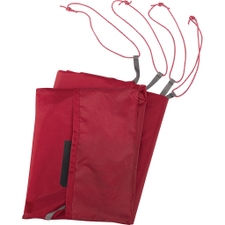 MSRFootprint Universal 3 Tarpaulin RedMSRP 67,95 €61,95 €One size
MSRFootprint Universal 3 Tarpaulin RedMSRP 67,95 €61,95 €One size - - 75 %
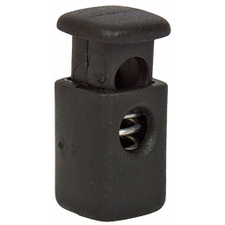 BasicNatureTanka Eckig Repair Kit SchwarzMSRP 0,80 €0,20 €One size
BasicNatureTanka Eckig Repair Kit SchwarzMSRP 0,80 €0,20 €One size - - 10 %new
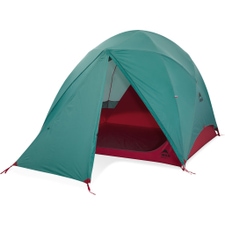 MSRHabitude 4 Tent BlueMSRP 499,95 €449,95 €One size
MSRHabitude 4 Tent BlueMSRP 499,95 €449,95 €One size - new
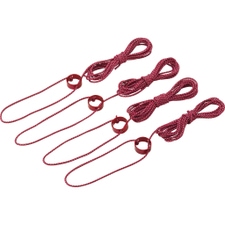 MSR4- Pack Tent Guy Tent Accessories Red28,95 €One size
MSR4- Pack Tent Guy Tent Accessories Red28,95 €One size - - 31 %
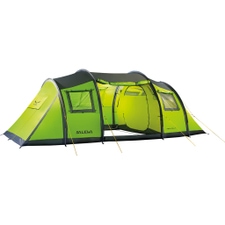 SalewaMidway VI Tent Cactus / GreyMSRP 649,95 €449,95 €One size
SalewaMidway VI Tent Cactus / GreyMSRP 649,95 €449,95 €One size - - 8 %new
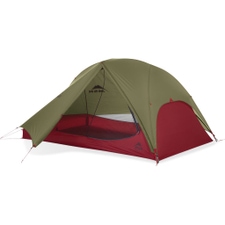 MSRFreelite 2 Tent GreenMSRP 584,95 €539,95 €One size
MSRFreelite 2 Tent GreenMSRP 584,95 €539,95 €One size - - 36 %
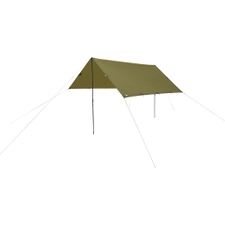 Robens3x3 Tarp GrünMSRP 109,95 €69,95 €One size
Robens3x3 Tarp GrünMSRP 109,95 €69,95 €One size - - 10 %new
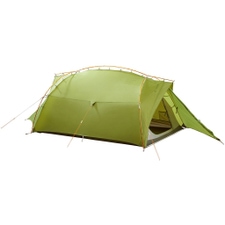 VaudeMark L 3P Tent AvocadoMSRP 499,95 €449,95 €One size
VaudeMark L 3P Tent AvocadoMSRP 499,95 €449,95 €One size - - 9 %new
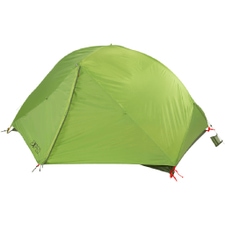 ExpedLyra II Tent MeadowMSRP 439,95 €399,95 €One size
ExpedLyra II Tent MeadowMSRP 439,95 €399,95 €One size
- - 5 %
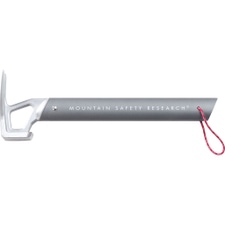 MSRStake Hammer Tent Accessories GrayMSRP 41,95 €39,95 €One size
MSRStake Hammer Tent Accessories GrayMSRP 41,95 €39,95 €One size - new
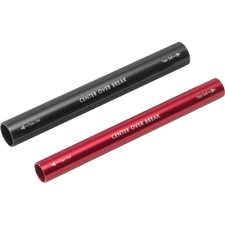 MSRRepair Sleeve Tent Accessories Red11,95 €One size
MSRRepair Sleeve Tent Accessories Red11,95 €One size - - 10 %new
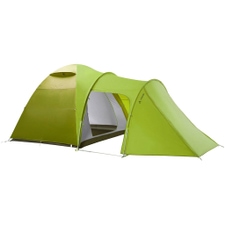 VaudeCampo Casa XT 5P Tent Chute GreenMSRP 599,95 €539,95 €One size
VaudeCampo Casa XT 5P Tent Chute GreenMSRP 599,95 €539,95 €One size - - 12 %new
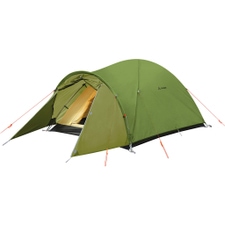 VaudeCampo Compact XT 2P Tent Chute GreenMSRP 249,95 €219,95 €One size
VaudeCampo Compact XT 2P Tent Chute GreenMSRP 249,95 €219,95 €One size - - 10 %new
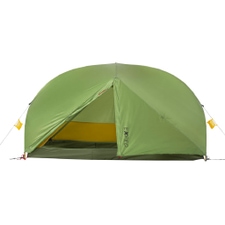 ExpedLyra III Tent MeadowMSRP 489,95 €439,95 €One size
ExpedLyra III Tent MeadowMSRP 489,95 €439,95 €One size
- - 10 %new
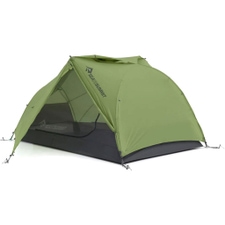 Sea To SummitTelos TR2 Tent GreenMSRP 629,95 €569,95 €One size
Sea To SummitTelos TR2 Tent GreenMSRP 629,95 €569,95 €One size - - 10 %new
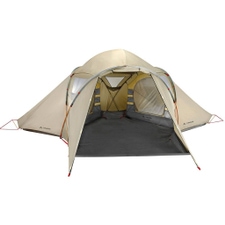 VaudeBadawi 4P Tent SandMSRP 999,95 €899,95 €One size
VaudeBadawi 4P Tent SandMSRP 999,95 €899,95 €One size - - 9 %new
 Sea To SummitAlto TR2 Tent GreenMSRP 579,95 €529,95 €One size
Sea To SummitAlto TR2 Tent GreenMSRP 579,95 €529,95 €One size 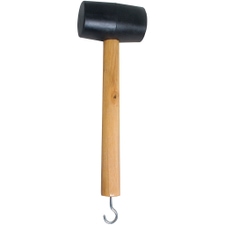 RelagsCoghlans Rubber Mallet Tent Accessories9,50 €One size
RelagsCoghlans Rubber Mallet Tent Accessories9,50 €One size- new
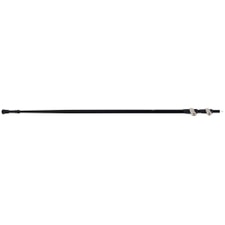 RelagsBasic Nature Aufstellstange Quick Clip Tent Accessories24,95 €One size
RelagsBasic Nature Aufstellstange Quick Clip Tent Accessories24,95 €One size - - 9 %new
 Sea To SummitIkos TR3 Tent Laurel WreathMSRP 549,95 €499,95 €One size
Sea To SummitIkos TR3 Tent Laurel WreathMSRP 549,95 €499,95 €One size - - 9 %new
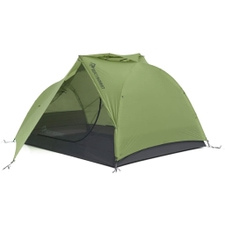 Sea To SummitTelos TR3 Tent GreenMSRP 799,95 €729,95 €One size
Sea To SummitTelos TR3 Tent GreenMSRP 799,95 €729,95 €One size - - 10 %new
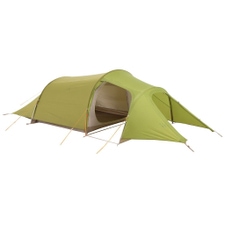 VaudeFerret XT 3P Comfort Tent AvocadoMSRP 579,95 €519,95 €One size
VaudeFerret XT 3P Comfort Tent AvocadoMSRP 579,95 €519,95 €One size
- - 11 %new
 Sea To SummitIkos TR2 Tent Laurel WreathMSRP 449,95 €399,95 €One size
Sea To SummitIkos TR2 Tent Laurel WreathMSRP 449,95 €399,95 €One size - - 11 %new
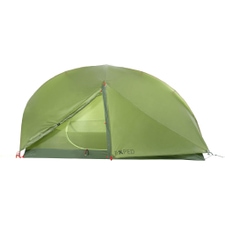 ExpedMira II HL Tent MeadowMSRP 749,95 €669,95 €One size
ExpedMira II HL Tent MeadowMSRP 749,95 €669,95 €One size
- - 36 %
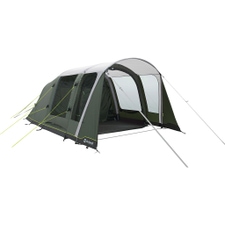 OutwellElmdale 5PA Tent GreenMSRP 1329,95 €849,95 €One size
OutwellElmdale 5PA Tent GreenMSRP 1329,95 €849,95 €One size - - 10 %new
 Sea To SummitTelos TR2 Bikepack Tent GreenMSRP 699,95 €629,95 €One size
Sea To SummitTelos TR2 Bikepack Tent GreenMSRP 699,95 €629,95 €One size - - 6 %new
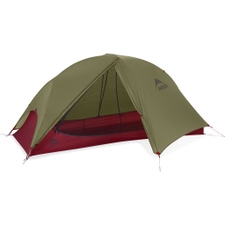 MSRFreelite 1 Tent GreenMSRP 499,95 €469,95 €One size
MSRFreelite 1 Tent GreenMSRP 499,95 €469,95 €One size - - 6 %new
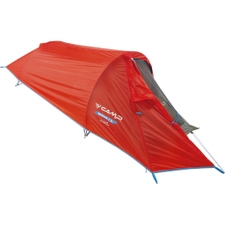 CAMPMinima 1 SL TentMSRP 244,95 €229,95 €One size
CAMPMinima 1 SL TentMSRP 244,95 €229,95 €One size - - 11 %
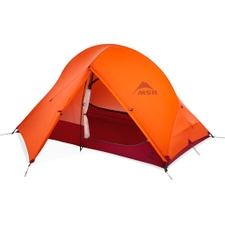 MSRAccess 2 Tent OrangeMSRP 949,95 €849,95 €One size
MSRAccess 2 Tent OrangeMSRP 949,95 €849,95 €One size 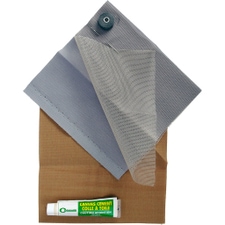 RelagsCoghlans tent Repair Kit9,95 €One size
RelagsCoghlans tent Repair Kit9,95 €One size- - 20 %
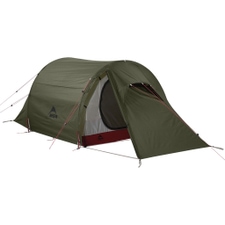 MSRTindheim 2 Tent Green TunnelMSRP 499,95 €399,95 €One size
MSRTindheim 2 Tent Green TunnelMSRP 499,95 €399,95 €One size - - 9 %
 ExpedLyra III Extreme Tent MeadowMSRP 769,95 €699,95 €One size
ExpedLyra III Extreme Tent MeadowMSRP 769,95 €699,95 €One size - - 17 %
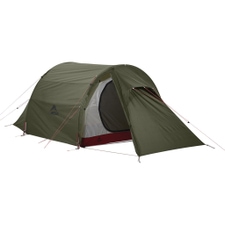 MSRTindheim 3 Tent GreenMSRP 599,95 €499,95 €One size
MSRTindheim 3 Tent GreenMSRP 599,95 €499,95 €One size - - 41 %
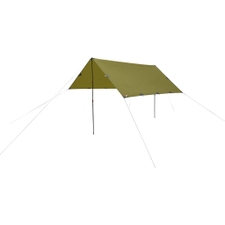 RobensTarp 4x4 m Tent GreenMSRP 169,95 €99,95 €One size
RobensTarp 4x4 m Tent GreenMSRP 169,95 €99,95 €One size - - 37 %
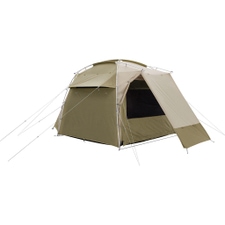 RobensCobra Stone 5 Tent Sand & GreenMSRP 944,95 €599,95 €One size
RobensCobra Stone 5 Tent Sand & GreenMSRP 944,95 €599,95 €One size 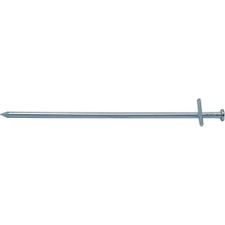 RelagsHering Felsnagel Rock Tent pegs5,50 €One size
RelagsHering Felsnagel Rock Tent pegs5,50 €One size- - 6 %new
 CAMPMinima 2 SL TentMSRP 309,95 €289,95 €One size
CAMPMinima 2 SL TentMSRP 309,95 €289,95 €One size - - 29 %
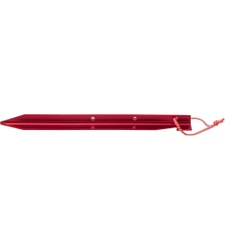 BasicNatureT-Stake 25 cm Tent Pegs RotMSRP 13,95 €9,95 €One size
BasicNatureT-Stake 25 cm Tent Pegs RotMSRP 13,95 €9,95 €One size - - 22 %
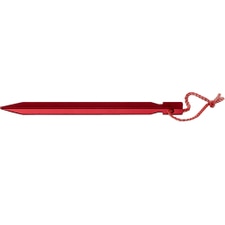 BasicNatureY-Stake 18 cm Tent Pegs RotMSRP 8,95 €6,95 €One size
BasicNatureY-Stake 18 cm Tent Pegs RotMSRP 8,95 €6,95 €One size - - 17 %
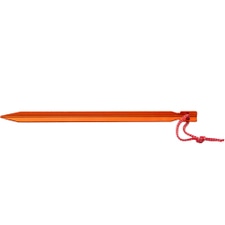 BasicNatureY-Stake 23 cm Tent Pegs OrangeMSRP 11,95 €9,95 €One size
BasicNatureY-Stake 23 cm Tent Pegs OrangeMSRP 11,95 €9,95 €One size - - 11 %new
 Tatonka2 Tent Light OliveMSRP 89,95 €79,95 €One size
Tatonka2 Tent Light OliveMSRP 89,95 €79,95 €One size - - 12 %new
 Tatonka1 Tarp Light OliveMSRP 169,95 €149,95 €One size
Tatonka1 Tarp Light OliveMSRP 169,95 €149,95 €One size - - 9 %new
 Tatonka4 Tarp Light OliveMSRP 109,95 €99,95 €One size
Tatonka4 Tarp Light OliveMSRP 109,95 €99,95 €One size - - 9 %new
 TatonkaLight 17 cm 6 Stück Tent Pegs RedMSRP 21,95 €19,95 €One size
TatonkaLight 17 cm 6 Stück Tent Pegs RedMSRP 21,95 €19,95 €One size - - 10 %new
 TatonkaPro 15 cm 6 Stück Tent Pegs OrangeMSRP 29,95 €26,95 €One size
TatonkaPro 15 cm 6 Stück Tent Pegs OrangeMSRP 29,95 €26,95 €One size



It should be as large and roomy as possible! Really?
You are still not sure about choosing the right tent? With this guide, we'll help you to get oriented. Choosing the right tent depends mostly on what you are planning to do with it. The key factors include weight and pack size. These are influenced by the size or capacity as well as the materials used, such as carbon or aluminium for the poles.
Hiking & trekking, trail running or bikepacking?
If you are planning multi-day tours through the countryside and are going to take the tent with you in a backpack or in panniers on your bike, we recommend a tent that is as light as possible, from approx. 700 grams. The reduced weight gives you those extra metres of altitude at the end of the day and the small pack size offers alternative storage space. But! Depending on the pack size and weight, you may have to compromise a little on comfort.
Going on a relaxed camping trip or on an expedition?
This category offers tents that look a little more capacious. But due to their construction, the use of materials and the pack size, the tents are not designed to be easily packed and unpacked every day.
Special tents for adding to the car expand the living or sleeping space while camping. The weight is of secondary importance. Depending on the type, the tents differ in the number of sleeping places and storage space they offer. If you are planning larger expeditions in all four seasons, it is recommended to use an expedition tent. These geodesic tents are robust, stable and can withstand winter storms.

The construction & design
The shape as well as the structure of a tent is a result of the intended use as well as the living, sleeping and storage space.
The Tarp...
Is the simplest variant that protects you from dew, rain or sunlight. Here we are talking about an extension roof, where the framework can be formed from sticks, hiking poles or simply from branches. Without side walls and floors, tarp tents are only suitable for temporary use or as an additional roof with standing height for the existing tent. Due to their simple construction, tarps have a low weight and pack size and are easy to dry after heavy rainfall.
The dome tent...
is constructed in the classic way using a crossing pole construction. This creates a stable tent with a large volume in a compact space. By stretching the pole supports, the dome tent remains the same shape regardless of the ground contact. Due to this self-supporting construction, a dome tent can in theory be easily lifted up and put down again at another location. Because of its construction, the dome tent is a little heavier, but does not require tensioning by tensioning ropes. The dome tent offers sufficient stability, especially in alpine terrain without lashing possibilities.
--> 4 sqm relaxing haven for regeneration after long adventures in nature

The tunnel tent...
Expands through parallel arches, in contrast to the dome design. This type of tent has a slightly lower weight and pack size. Due to the construction, tunnel tents benefit from a more efficient use of space, which, depending on the model, ensures standing upright and creates enough space for comfortable living. Tunnel tents require tight tensioning by the ropes, so they are often built in a mixed construction that combines the stability and increased volume of dome and tunnel tents.
The pop-up tent..
offers the simplest and quickest set-up and take-down. The poles are pre-tensioned when packed, which ensures that the tent canvas is pulled up after opening. This saves time and is very easy to set up. Some of these tent types are only of single-wall construction and can result in the formation of condensation. For stability, these tents should be very well tensioned and are not necessarily space-saving in terms of pack size.
The ridge tent...
requires tight bracing so that the supporting structure pulls up the ridge of the tent. Ridge tents are therefore somewhat more complex to set up, but like dome tents they have a high degree of stability with good ventilation and rainwater drainage at the same time. Depending on the model and size, this type of tent is very compact in pack size.
The tipi...
offers the smallest effort of material for the construction after the Tarp. Only one support pole is needed to set up this type of tent. The outer tent is stretched all around and pulls the tipi up in a cone shape. A large, dry sleeping area can be created with a relatively small amount of material. Due to its design, the tipi tent only has a comfortable sitting height towards the centre of the tent.

Size, entrances, ventilation ... What should you keep in mind?
The real size of a tent is defined by the product dimensions in addition to the person specification. Depending on the construction and layout, the size varies according to the structure and the relation of the pack size. The number of persons refers to the number of dry sleeping spaces available. To get a better overview, the filter options weight and number of persons, will help you.
In addition, pay attention to details such as the ability to store equipment or use a cooker under the shelter in a rainy day. Based on the construction, some tents are equipped with vestibules that offer space for cooking and eating. While the outer tent offers you protection from the rain, the inner tent, in combination with the ventilation openings of the outer tent, prevents condensation and provides additional protection from mosquitoes and undesired roommates.
Tents with several entrances offer to get in and out undisturbed besides good ventilation, especially in case of a across sleeping arrangement. The water pillar rating provides information on the resistance to water from precipitation.
The right accessories are also part of a comfortable camping stay. Tent pads reduce wear and tear on the ground fabric. The right sleeping pad prevents cold bridges and ensures a deep sleep. Choose your sleeping bag according to the season and the related temperature specifications.
Are you still missing equipment for your mobile kitchen? Take a look at our outdoor kitchen!
Read more about tents:
The rules of camping: Things you need to consider when sleeping outside
Insulation mats: Why are they so important?
Bivouac Guide: Rules and tips for a night at the 1000-star hotel

1000 star hotel in 0.3 m³ pack size
